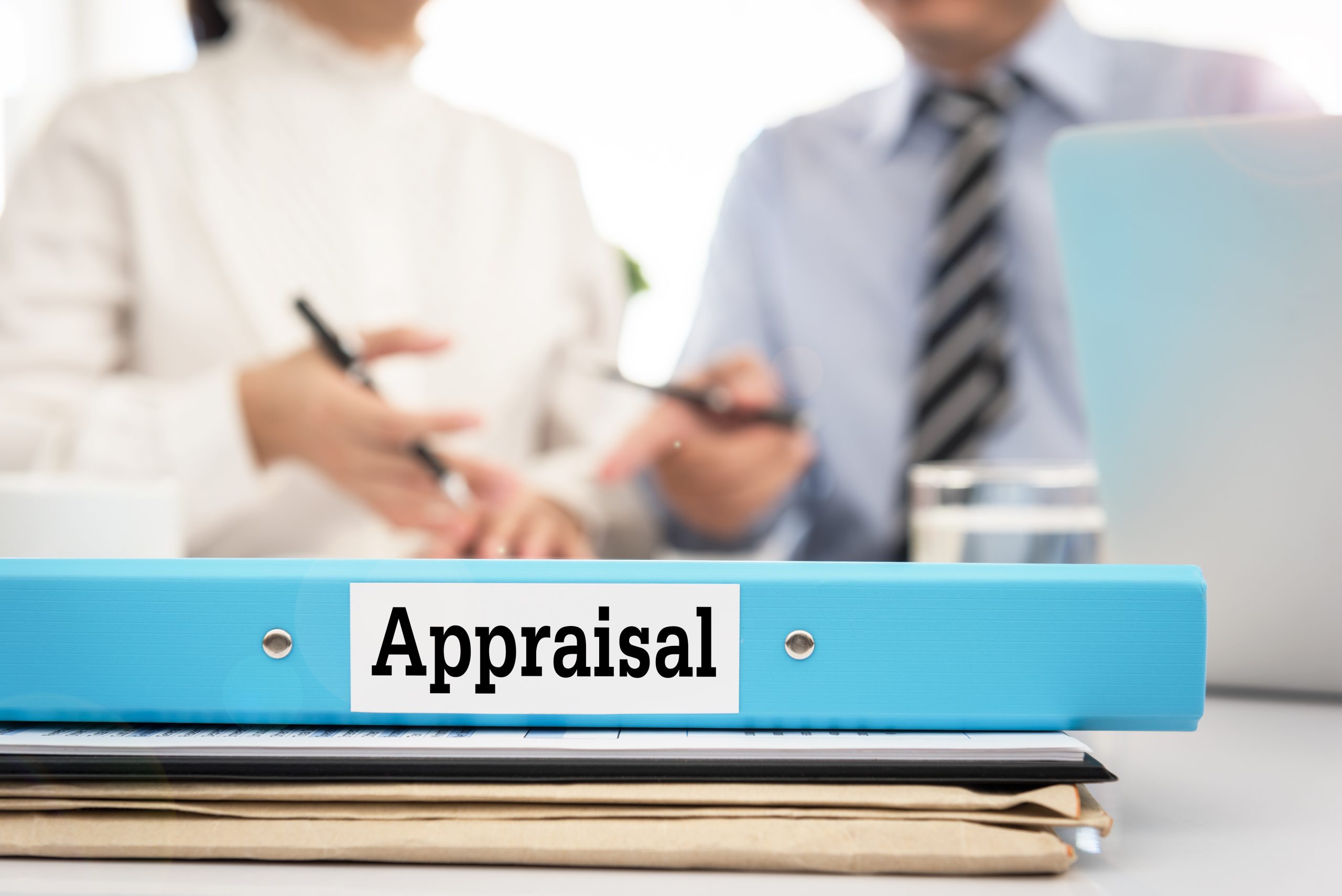Water loss claim denials happen a lot more frequently than when I started in the business over 30 years ago. There are many reasons for this, including companies changing their policies so that while they advertise the illusion of policyholders having the peace of mind, that is far from the reality of what is sold. I noted this frustration felt by many policyholders—and not just State Farm’s—in, Is the State Farm Policy Really Worth Anything.
Another reason for denials is insurance company claims ignorance or wrongful claims practices. Many companies simply train their field adjusters in the wrong manner about what is and what is not covered. Some companies hope the denied policyholder will go away and not challenge the decision not to pay.
Insurance coverage analysis of water damage claims is often complicated. Getting a professional on the policyholder’s side is important.
Mike Buonocore and I will be presenting a discussion on this topic next Thursday at the Fall Conference of the Professional Public Adjusters Association of New Jersey. At this presentation we will explore cases and techniques used to show there is coverage under the policy for many water losses which may have been denied by the insurance company.
For example, Bill Wilson—who will be speaking at the National Association of Public Insurance Adjusters at its Mid-Year meeting—noted in, Just Because It’s Not Covered Doesn’t Mean It’s Not Covered, a coverage advocacy technique to fully obtain coverage for a water leak around a seal to a toilet that structurally damaged the home:
Here are the points we made to convince the adjuster to pay the claim:
• Nothing in the policy requires a loss to be “sudden and accidental” for this type of claim…the form states that it covers “direct physical loss” and there is a specific exclusion for “intentional” (i.e., non-accidental) losses. The insured certainly didn’t do it on purpose. By saying the loss must be “sudden,” the adjuster might have been thinking about the “gradual loss” exclusion for water damage that occurred over a period of “weeks, months or years”…an exclusion that was removed from the ISO form in 1991.
• In the filing memorandum from that 1991 change, ISO clearly states its intent: “Coverage is afforded unless the insured took no action to save and preserve the ceiling, walls or floors at and after the time the water damage becomes visible.” This change removed the “gradual” loss exclusion, relying on the Neglect exclusion to preclude coverage if the insured fails to protect the property from further damage.
• With regard to “deterioration”, the exclusion applies to “Wear and tear, marring, deterioration” as a group, implying that the type of damage intended to be excluded involves the reduction in value that occurs during normal wear and tear that is foreseeable and not unexpected. It is arguable that “deterioration” should be considered in the context of the exclusionary losses with which it is grouped. Determining what a specific term means in a list of terms involves a legal contract interpretation principle called noscitur a sociis (“it is know by its associates”), a concept explained in the book.
• In this specific case, the “deterioration” is not a cause, it is the result (the damage itself) for which the direct, proximate cause is a peril (water damage) which the policy covers and which, by act of paying the initial claim, the insurer has admitted is covered—QED.
• Finally, this loss would be covered by the ISO HO 00 02 Broad Form. It provides the same “water damage” coverage but, being a named perils policy, it does not include the open perils exclusionary wording “deterioration.” Using the same 1991 Homeowners filing explanation cited above, “This change is being made to avoid having the Special Coverage forms provide lesser coverage than what is provided under a Named Perils form….”
I have used that last point, referencing the 1991 ISO HO filing, probably dozens of times to get claim denials reversed on the premise that a named perils policy should not provide superior coverage to the more expensive and generally broader open perils policy.
While I hope those interested in becoming better insurance coverage advocates go to the NAPIA Mid-Year meeting and learn from Mike Wilson, Mike Buonocore and I will be giving similar instruction and providing a handout on this important topic for those who attend next week’s PPAANJ Conference in Red Bank, New Jersey. Here is a link for the PPAANJ Conference agenda next Thursday.
Thought For The Day
You’ve got to have faith in what you’re doing and not take “no” for an answer.
—Nipsey Hussle



